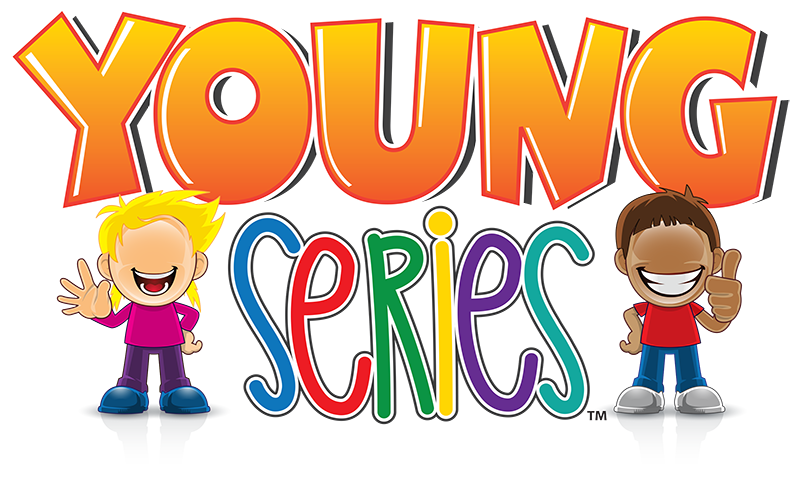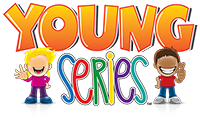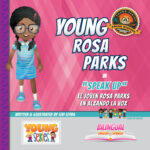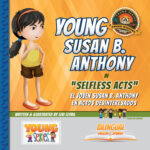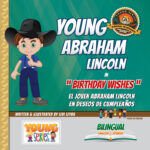Bilingualism is a valuable asset in today’s globalized world. Being able to speak more than one language can open doors to new cultural experiences and professional opportunities. However, bilingual children may face unique challenges when it comes to literacy development. Fortunately, there are strategies that parents and educators can use to promote literacy in bilingual children, including the use of bilingual children’s books.
Literacy is a fundamental skill that allows individuals to communicate effectively, understand the world around them, and achieve their goals. However, for bilingual children, literacy development can be more challenging due to the need to learn two languages simultaneously. According to research, bilingual children may have lower levels of reading achievement compared to their monolingual peers, especially if they are not proficient in both languages. This is why promoting literacy in bilingual children is crucial for their academic and personal success.
Strategies for Promoting Literacy in Bilingual Children
- Create a print-rich environment
One effective strategy for promoting literacy in bilingual children is to create a print-rich environment at home and in the classroom. This means providing plenty of opportunities for children to see and interact with written language. For example, parents can label household items in both languages, such as “table” and “mesa,” to help children make connections between words in different languages. Teachers can also display posters and charts with vocabulary words in both languages to support language learning.
- Read aloud regularly
Reading aloud to children is a powerful way to promote literacy and language development. When bilingual children hear stories in both languages, they are exposed to a variety of vocabulary and grammatical structures. Parents and teachers can choose bilingual children’s books that feature both languages on each page or read a story in one language and then translate it into the other. This helps children build their reading comprehension skills and develop a stronger connection to both languages.
- Use technology
Technology can be a valuable tool for promoting literacy in bilingual children. There are many apps and online resources that provide interactive games, videos, and stories in multiple languages. For example, the “Duolingo” app offers language lessons in over 30 languages, including Spanish, French, and Chinese. Parents and teachers can also use e-books and audiobooks to provide children with more opportunities to read and listen to stories in different languages.
- Emphasize the value of bilingualism
It is important to emphasize the value of bilingualism and the benefits it can bring. Bilingual children may sometimes feel insecure or embarrassed about speaking both languages, especially if one language is not as strong as the other. Parents and teachers can help build children’s confidence by highlighting the advantages of bilingualism, such as better job prospects, improved cognitive function, and a greater understanding of different cultures.
The Importance of Bilingual Children’s Books
Bilingual children’s books are an excellent resource for promoting literacy and language development in bilingual children. These books feature text in two languages, which allows children to see the connections between words and phrases in different languages. Here are some benefits of using bilingual children’s books:
- Promote language learning
Bilingual children’s books provide an excellent opportunity for children to learn new vocabulary and grammatical structures in both languages. When children see the same story in two languages, they are more likely to remember and understand the meaning of new words.
- Develop cultural awareness
Bilingual children’s books also promote cultural awareness by exposing children to different traditions, customs, and ways of life. By reading stories in both languages, children can learn about different cultural perspectives and develop a greater appreciation for diversity.
- Build reading skills
Bilingual children’s books help build reading skills by providing children with a variety of reading materials in both languages. By reading stories in both languages, children can improve their reading comprehension skills and develop a stronger connection to both languages. They can also learn about the similarities and differences between the two languages, which can improve their ability to transfer knowledge from one language to the other. Additionally, bilingual children’s books can make reading more enjoyable for children, which can help them develop a positive attitude toward reading and foster a lifelong love of learning.
In conclusion, promoting literacy in bilingual children is crucial for their academic and personal success, and there are various strategies that parents and educators can use to support this goal. One of the most effective strategies is reading bilingual children’s books to children, as they provide numerous benefits for language learning, cultural awareness, and reading skill development. Parents play a vital role in their child’s literacy development, and reading bilingual children’s books is a simple yet powerful way to support their child’s language and literacy growth. By making bilingual children’s books a regular part of their child’s reading routine, parents can help their child build a strong foundation in both languages and cultivate a lifelong love of learning.
